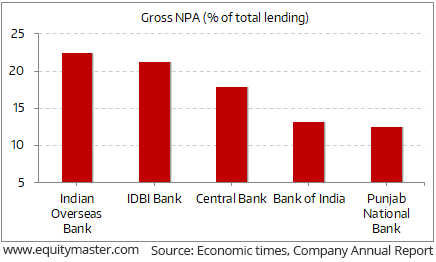- Home
- Todays Market
- Indian Stock Market News July 13, 2017
Indian Indices Continue Momentum; Sensex Hits 32,000 Thu, 13 Jul 11:30 am
After opening the day on a positive note, stock markets in India have continued their momentum. Sectoral indices are trading on a positive note with stocks in the FMCG sector and realty sector witnessing maximum buying interest.
The BSE Sensex is trading up 235 points (up 0.7%) and the NSE Nifty is trading up 67 points (up 0.7%). The BSE Mid Cap index is trading up by 0.6%, while the BSE Small Cap index is trading up by 0.7%. The rupee is trading at 64.42 to the US$.
Indian share markets scaled record high levels during the morning trades today. Most of the gains were seen on the back of dovish comments by the US Fed Chair Janet Yellen in her testimony overnight where she hinted at slower-than-expected hikes in US interest rates this year. Gains were also seen on the back of a sharp drop in retail inflation in June.
Indian indices are hovering near their lifetime highs of late. And there's a flood of liquidity pouring into Indian stock markets in search of higher returns.
One of the key factors behind the above flow of liquidity is the downward trend in interest rates. And the demonetisation drive last November accelerated this trend. Indian banks were flushed with liquidity. At the same time, credit offtake was poor. This forced them to cut interest rates on deposits.
Interest rates are a key macroeconomic variable that influence the economy. From yesterday's premium edition of The 5 Minute WrapUp (subscription required)...
- Interest rates are a key macroeconomic variable that have far-reaching consequences on economic growth, corporate profitability, and how people invest their money.
As a thumb rule, lower interest rates aid corporate profitability as businesses pay lower interest on their borrowings. On the other hand, declining interest rates mean lower earnings on fixed deposits for investors and savers.
Both of these effects of lower interest rates have a positive impact on stock markets.
In other news, the Reserve Bank of India (RBI) told the Gujarat High Court that Essar Steel was far from reaching its restructuring stage, implying a counter against the company's claim.
The central bank said it did not treated the company differently and said it has followed a statutory process to resolve the bad loans issue.
The above case comes under the new Insolvency and Bankruptcy Code (IBC), which aims at quick resolution and recovery of non-performing assets (NPAs) for most of the banks.
The bad loans at Indian banks have only been rising, as can be seen from the chart below:
Rising Bad Loans at Indian Banks
Gross non-performing assets (GNPA) of Indian banks rose from 9.2% in September 2016 to 9.6% in March 2017. GNPA refers to the total value of loans on which interest and principal income has not been received by the bank for more than ninety days. For some banks, the ratio of GNPAs to total lending is more than 20%. This means more than Rs 20 out of every Rs 100 lent is at the risk of not coming back.
The RBI expects the average GNPA ratio to increase to 10.2% by March 2018. It indicated that if macroeconomic conditions worsen, this number could go up.
The problem of bad loans is indeed quite severe and when we compare it with other global peers it looks daunting.
Out of the ten major economies facing NPA problems, India is ranked seventh.
The overhang of bad debts has not only hit the bank's profitability, but has also restricted their loan book growth.
For information on how to pick stocks that have the potential to deliver big returns, download our special report now!
Read the latest Market Commentary



Equitymaster requests your view! Post a comment on "Indian Indices Continue Momentum; Sensex Hits 32,000". Click here!
Comments are moderated by Equitymaster, in accordance with the Terms of Use, and may not appear
on this article until they have been reviewed and deemed appropriate for posting.
In the meantime, you may want to share this article with your friends!